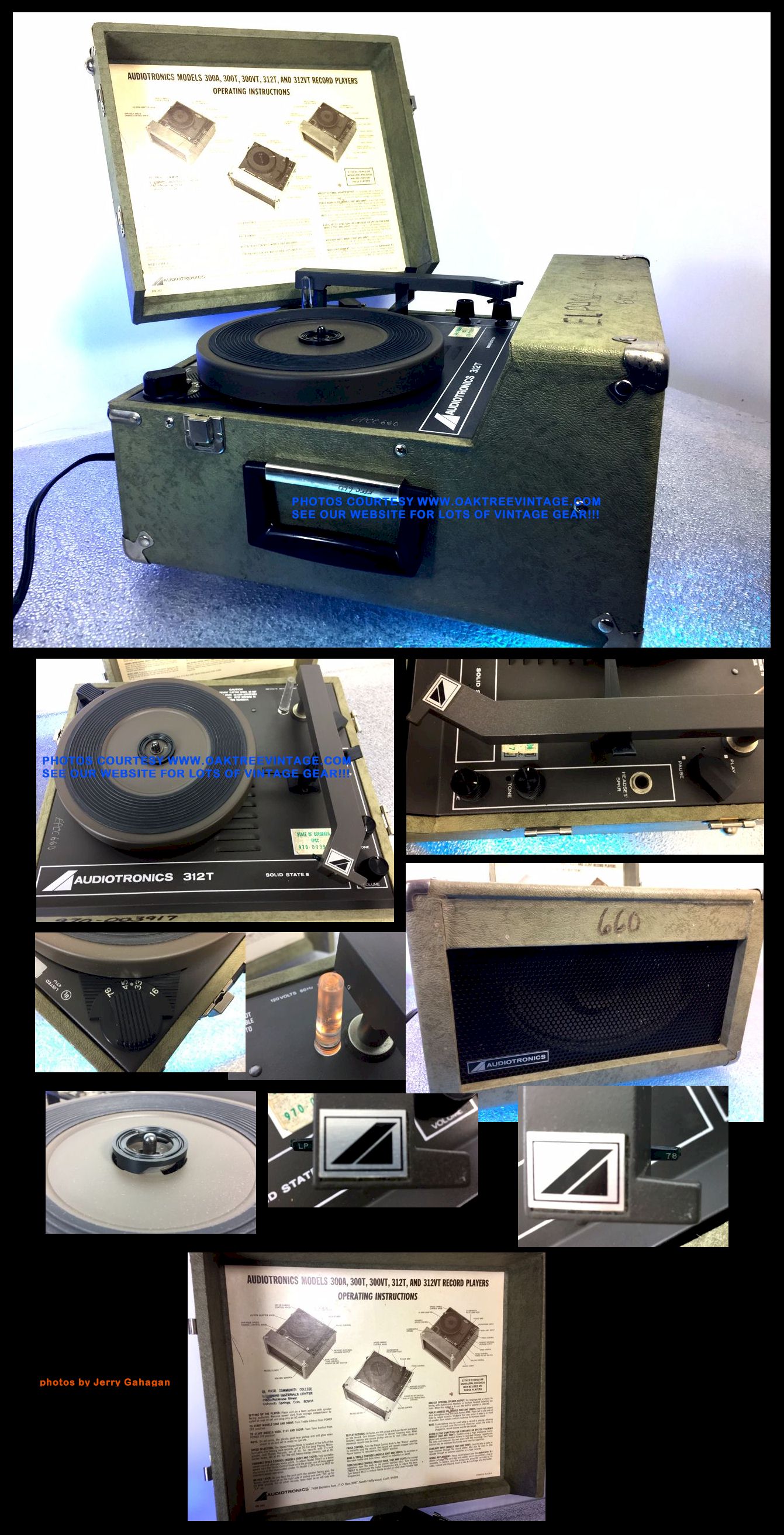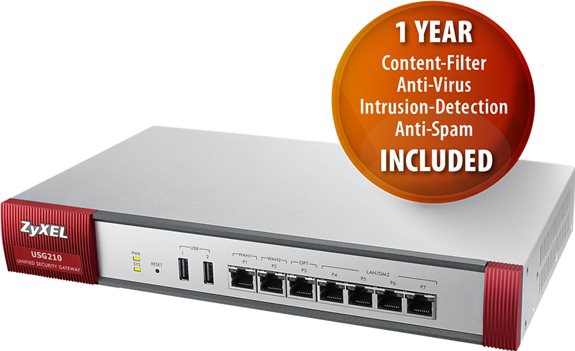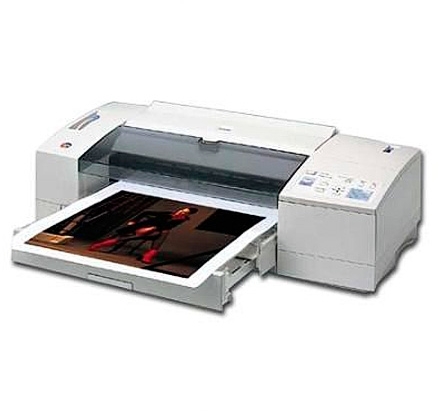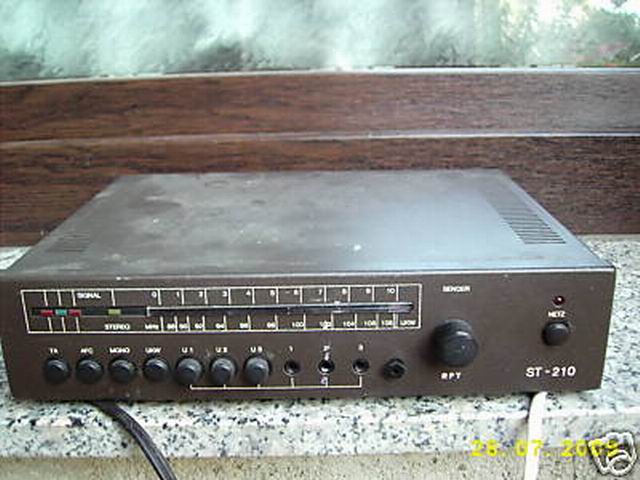
I bought both of my SP6s for about $1500, TOTAL, with shipping, and put about 60 hours into arriving at a single great-functioning piece, fully cabled to my patchbays, and with a lifetime worth of spares. If you look past the real fetish-brands like API and Neve (great stuff, no doubt) there are a million bargains to be had if you are able to do a little tech work (or pay a decent technician). At Gold Coast Recorders, our Wheatstone SP6 has been going strong for two years now I’ve had to replace the control room section due to a weird intermittent issue, but I since I had planned ahead and bought a spares-board it was pretty painless.

Audiotronics 210 pro#
I would never give up my Pro Tools, no way… but I honestly can’t imagine giving up the flexibility and endless options that a good-sounding, full-featured console offers. I’m a hardware mixer fan I learned audio production in a studio with a Trident Trimix and my brain often just defaults to finding solutions and working-methods that are faster to do with a real console rather than via a DAW. Way back in October of 2010 I ran a short piece about some 1970s audio consoles, and now 70s month rolls on with an extensive image gallery of some iconic and some obscure mixing desks from that decade. I’ve rewired a lot of old cheap tube guitar amps with this addition and the improvement in noise floor is remarkable.Ībove: the Audiotronics Grandson II console circa 1975 Every ground in the machine connects here, and only here, and the ground buss meets the chassis at only one spot – the input jack. Running the length of the unit to the immediate right of the turret board is the heavy copper ground buss. I cant imagine that any pot like this is available today for under $50. The input pot is a really nice dual-gang 50K 1-watt sealed unit I got several of these from Park before they closed. The knobs are all NOS 1960s DakaWare, acquired from Park Distributors in BPT CT (RIP).Ībove: the UTC A18 input transformer, which has similar specs / ratio to the Peerless plug-in unit that an original Altec would have been outfitted with.Ībove: the completed unit on the bench. Seemed like it needed a 2nd life… Also check out that finish on the panel! That’s about 6 layers of paint and 3 layers of clearcoat, sanded between each coat. I was motivated to build this thing solely because I found that original Altec panel meter at a hamfest for a buck. originally built for hi-end test gear, it is ultra hi fi and handles more level than this thing will ever see.Ībove: some detail of the meter. You can also see the enormous output transformer in the center: a massive potted unit built for Daven, likely by UTC. This is the Gates Sta Level output trim control (-6 to -14db cut) that I detailed on this site years ago. Also note the large pot to the left of the meter.
Audiotronics 210 mod#
I can’t recall how this was handled on the original Altecs, but this mod is a common one shown on many internet schematics of the 436. It’s a direct sub for the 6CG7 in the original Altec.Īlso note: behind the meter is a ‘meter null adjust’ pot. The 6SN7 output tube was a nice choice as there are so many variations of this tube available. The original 43X used a solid-sate rectifier (with a voltage doubler) but I used a more conventional full-wave supply with a rectifier tube since it suited the look better.

I like octal tubes, as the larger sockets are easier to work with, so space-permitting I tend to use them. Note the larger “Octal” tubes (6X5 rectifier and 6SN7 output amplifier) on the left side. Here are some images of the build.Ĭouple of things to point out in the photo above.


Styled more like a Federal AM864, this unit incorporates many of the tweaks and modifications that I have come to like in these machines. I’ve serviced and modified many Altec 43X-series compressors over the years, but I think this may be only the 2nd one I’ve built entirely from scratch.


 0 kommentar(er)
0 kommentar(er)
